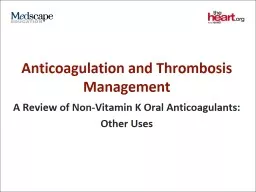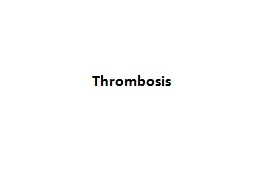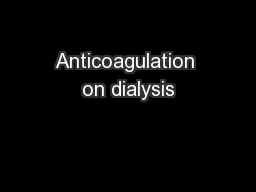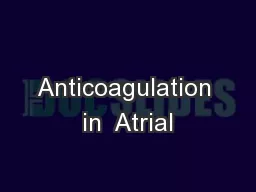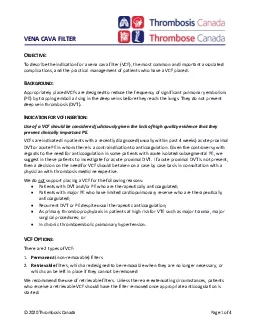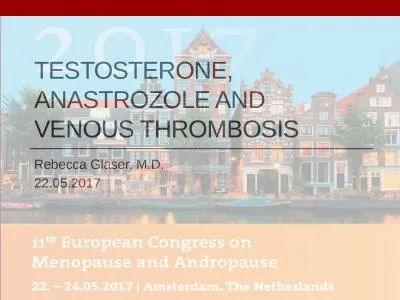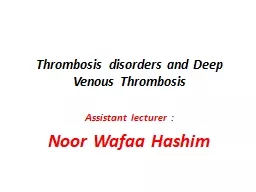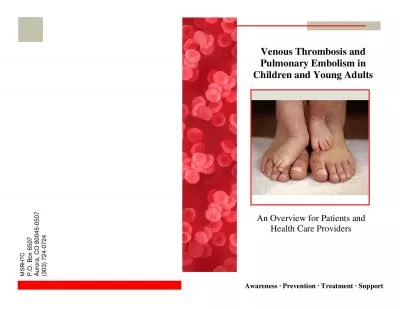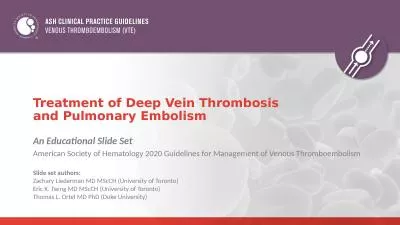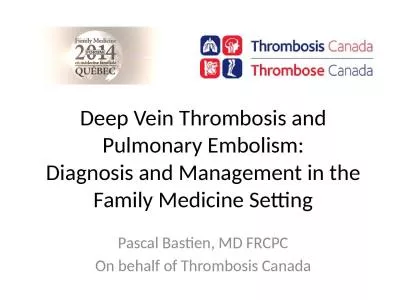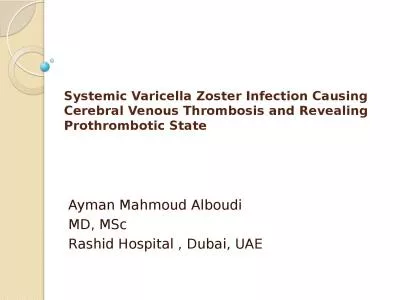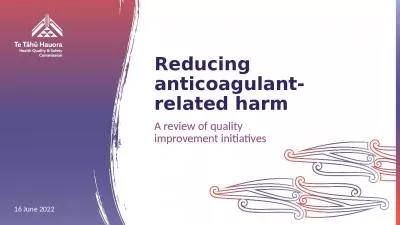PPT-Anticoagulation and Thrombosis Management
Author : pasty-toler | Published Date : 2019-11-20
Anticoagulation and Thrombosis Management A Review of NonVitamin K Oral Anticoagulants Other Uses Dabigatran Rivaroxaban Apixaban Edoxaban Target IIa thrombin Xa
Presentation Embed Code
Download Presentation
Download Presentation The PPT/PDF document "Anticoagulation and Thrombosis Managemen..." is the property of its rightful owner. Permission is granted to download and print the materials on this website for personal, non-commercial use only, and to display it on your personal computer provided you do not modify the materials and that you retain all copyright notices contained in the materials. By downloading content from our website, you accept the terms of this agreement.
Anticoagulation and Thrombosis Management: Transcript
Download Rules Of Document
"Anticoagulation and Thrombosis Management"The content belongs to its owner. You may download and print it for personal use, without modification, and keep all copyright notices. By downloading, you agree to these terms.
Related Documents

